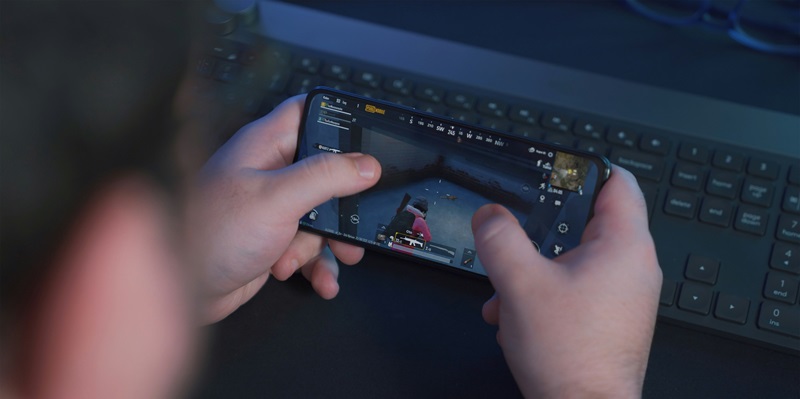The upcoming launch of the Redmi Note 14 series in China has generated much anticipation, particularly with a recent leak revealing the design of the standard Redmi Note 14 model. This is in light of Xiaomi having already showcased the Pro and Pro+ variants. Unlike its more advanced siblings, the non-Pro version’s design had remained under wraps until this very last-minute leak. According to the leaked images, the standard Redmi Note 14 sports a design that is noticeably different from its Pro counterparts, which should intrigue both tech enthusiasts and potential buyers.
Unlike the Pro models, which feature elaborate camera setups, the standard Redmi Note 14 is designed with a more simplified dual-camera system on the back. This setup includes a primary 50 MP sensor and an 8 MP ultra-wide camera, which may feel like a step back for some but can be seen as Xiaomi’s effort to balance cost and performance. Another major differentiating factor is found under the hood; the Redmi Note 14 is expected to be powered by the Snapdragon 7050 chipset. This is a somewhat mid-range processor compared to what is available on the Pro version, which features more powerful chipsets. The device offers up to 512 GB of UFS 2.2 storage and up to 12 GB LPDDR5X RAM, promising ample storage and multitasking capabilities.
On the power front, the standard Redmi Note 14 is equipped with a robust 5,500 mAh battery that supports 33W fast charging. This is commendable but again falls short when compared to the Pro variants, which may feature higher charging speeds. The display is another area where differences become evident. The phone is anticipated to sport a 6.67-inch AMOLED panel with a 120 Hz refresh rate and a peak brightness of up to 1800 nits. While this is impressive, the Pro models are expected to offer even higher specs and better display technology, providing users with a superior visual experience. Additionally, the standard model is likely to come with an IP64 rating, offering basic dust and water resistance, while the Pro variants might boast a higher IP69 rating.
Features and Market Positioning
The upcoming launch of the Redmi Note 14 series in China has stirred considerable excitement, especially with a recent leak that unveiled the design of the standard Redmi Note 14 model. Xiaomi had already showcased the Pro and Pro+ variants, but the non-Pro version’s look had remained a mystery until now. The leaked images indicate that the standard Redmi Note 14 has a distinctly different design compared to its Pro counterparts, capturing the interest of both tech enthusiasts and potential buyers.
Unlike the Pro models with their elaborate camera setups, the standard Redmi Note 14 features a simpler dual-camera system on the back. This includes a primary 50 MP sensor and an 8 MP ultra-wide camera, balancing cost and performance. Under the hood, the Redmi Note 14 is expected to run on the Snapdragon 7050 chipset, a mid-range processor compared to the more powerful options in the Pro versions. The device offers up to 512 GB of UFS 2.2 storage and up to 12 GB LPDDR5X RAM, ensuring ample storage and multitasking capabilities.
Power-wise, the standard Redmi Note 14 is equipped with a robust 5,500 mAh battery supporting 33W fast charging, commendable but less advanced than the higher charging speeds in Pro variants. The display features a 6.67-inch AMOLED panel with a 120 Hz refresh rate and peak brightness of up to 1800 nits, impressive but not as high-end as the Pro models. Additionally, the standard model is likely to have an IP64 rating for basic dust and water resistance, while the Pro variants may boast a higher IP69 rating.

